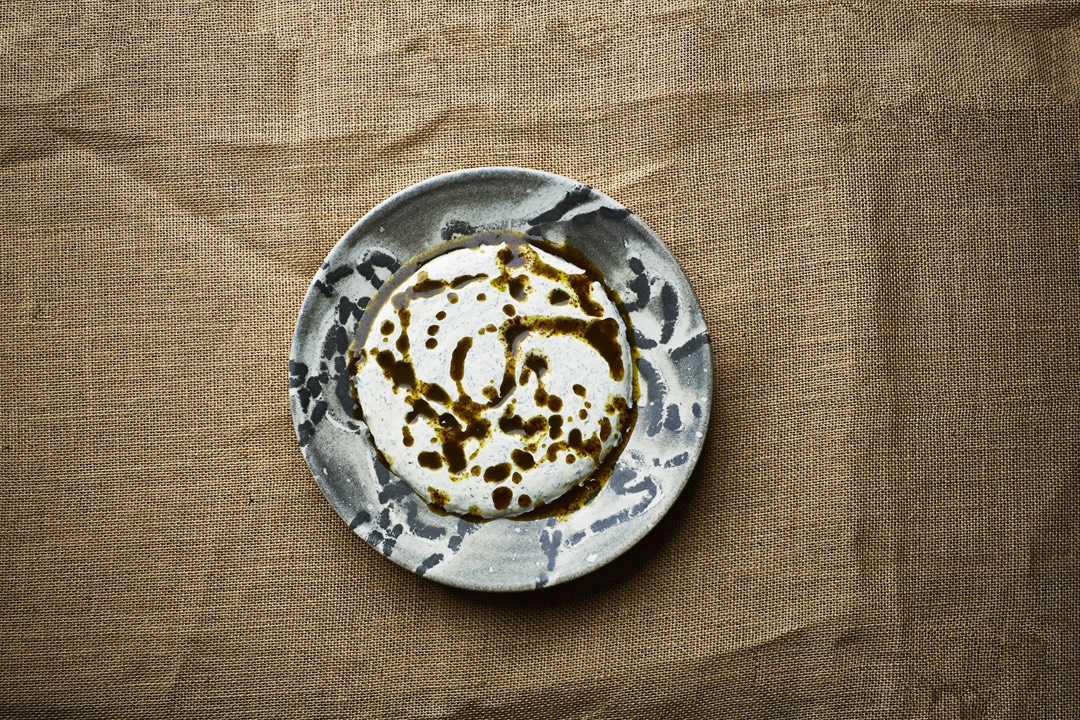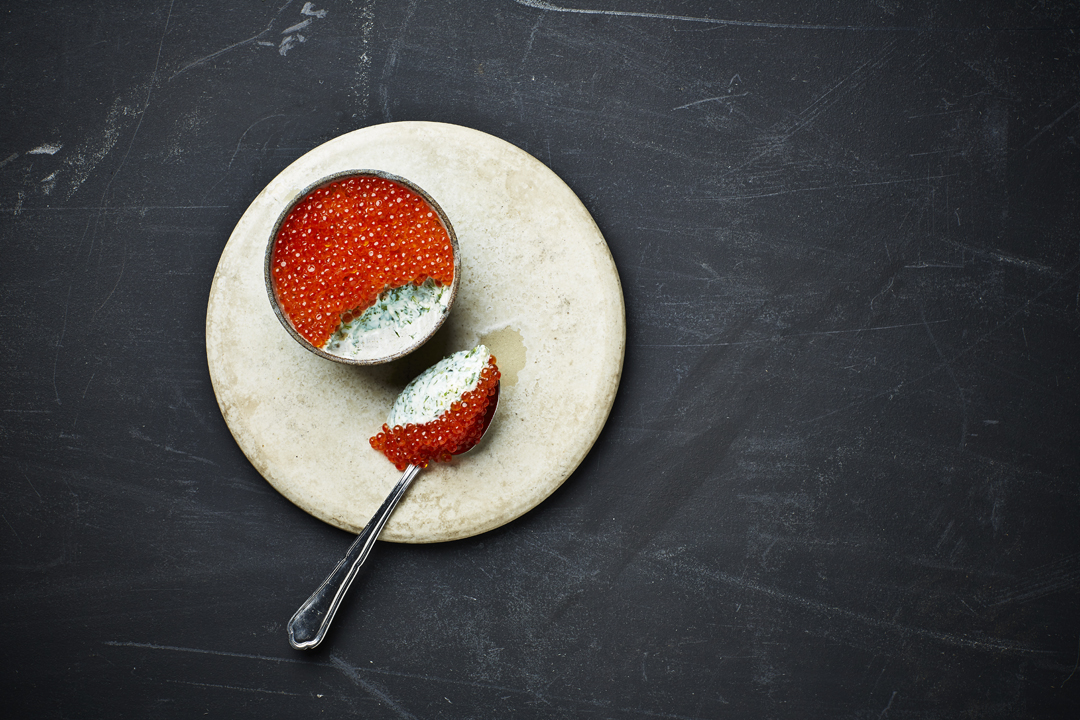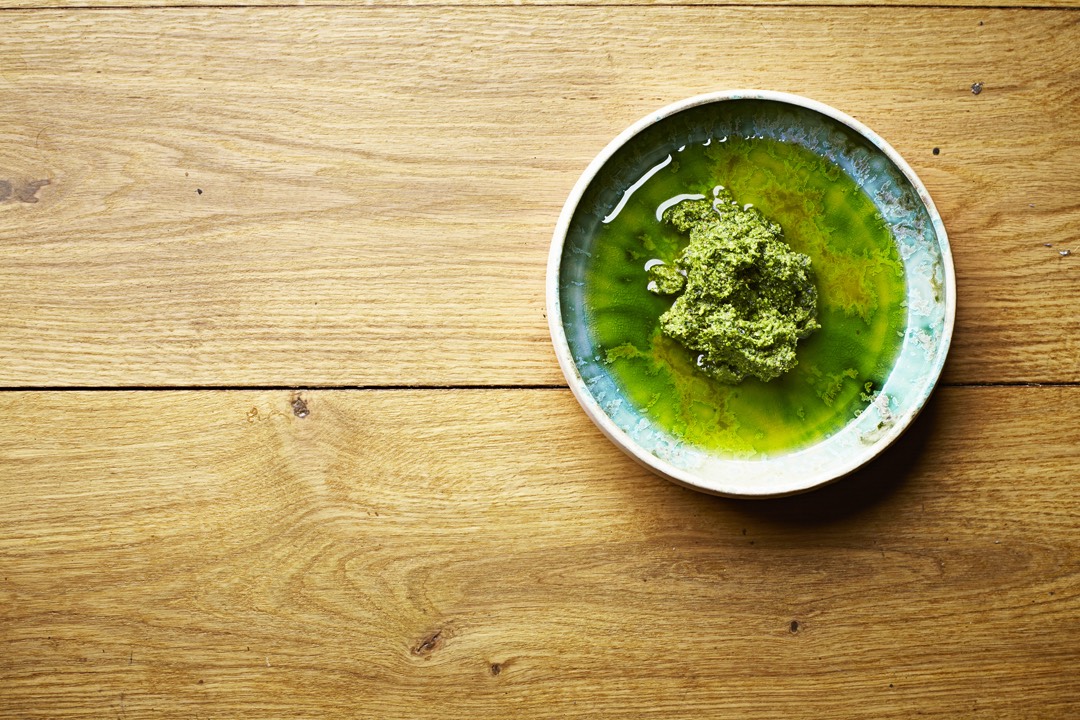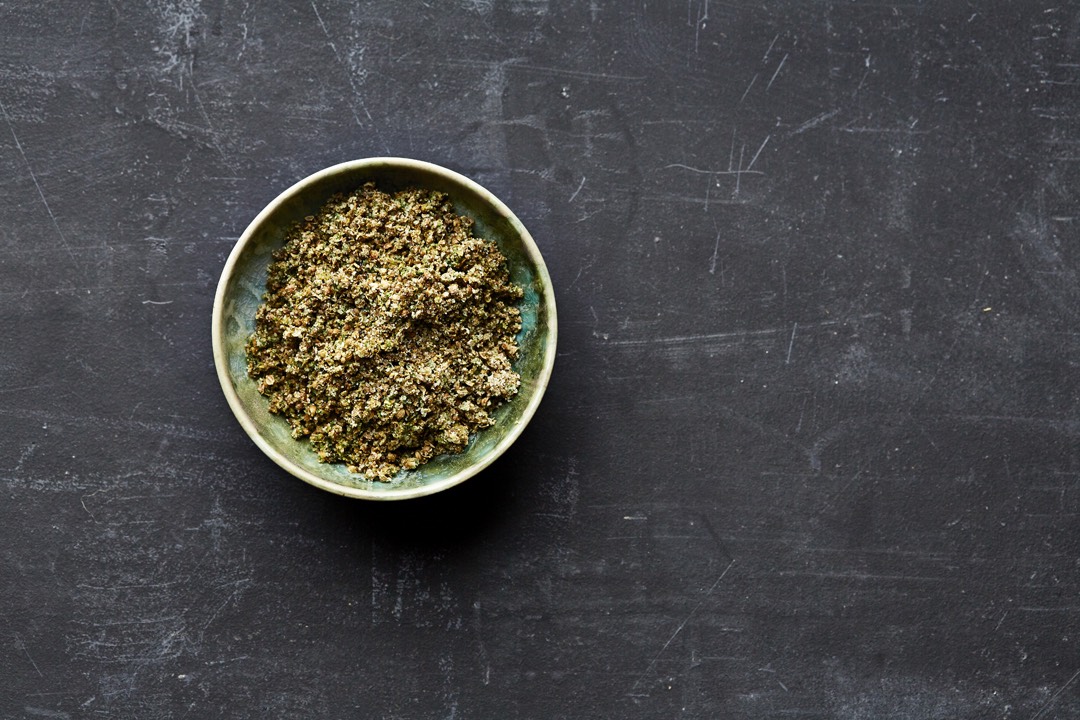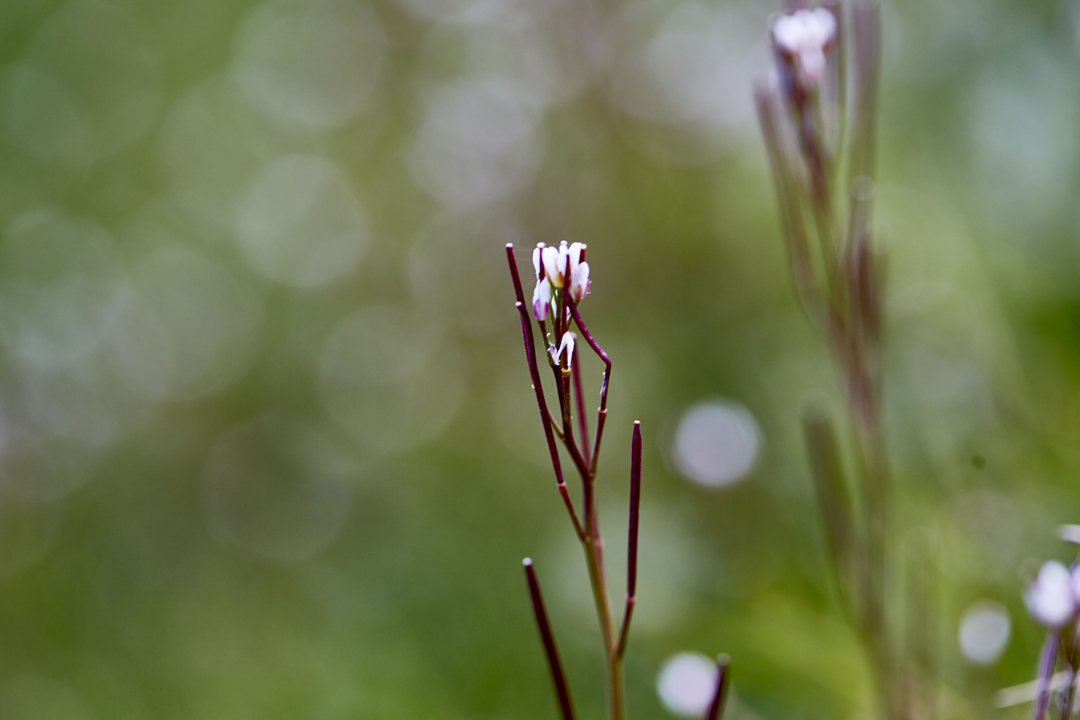
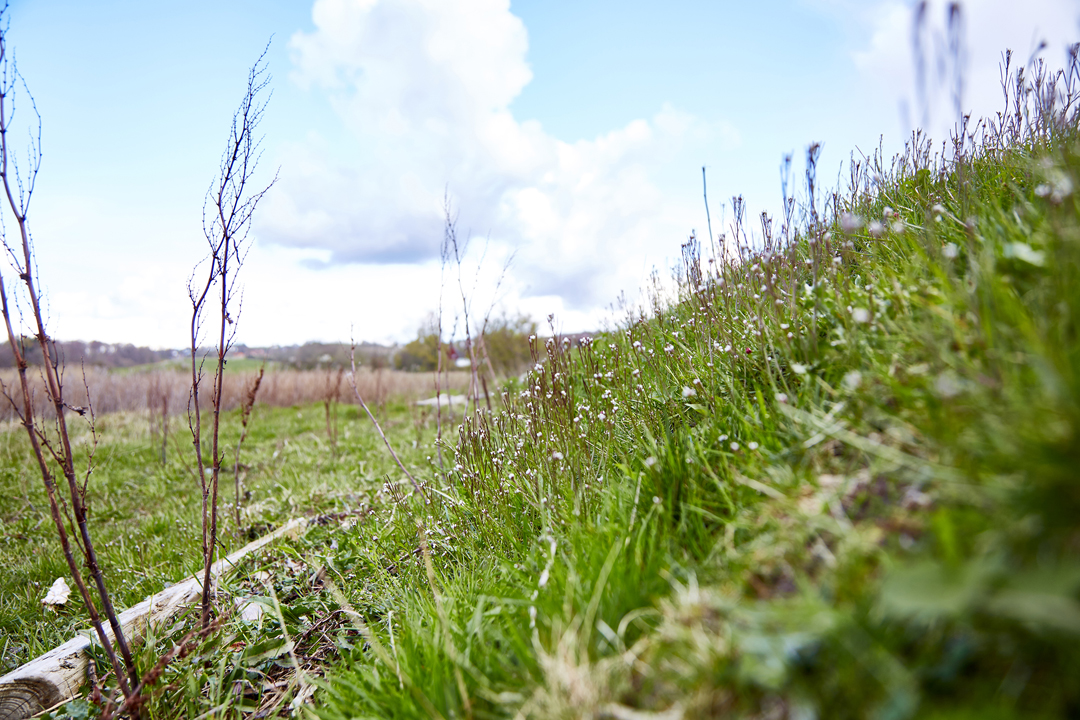

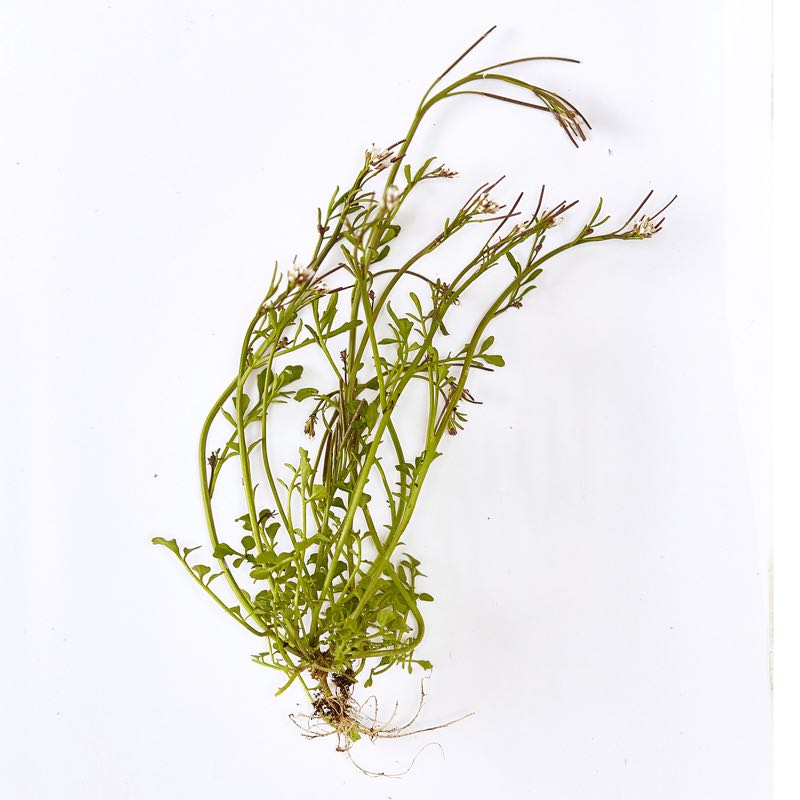
Hairy bittercress
Hairy bittercress is a small plant with the flavor of watercress. It's no stranger to gardeners, as it often takes over any available patch of bare ground. You can pick as much of it as you want, and no one will complain.
-
Where to Find It
You can find hairy bittercress in open areas with moist, nutrient-rich soil. It's a tenacious plant, even cropping up between flagstones and through the cracks in asphalt. It does particularly well in previously overturned ground that has been left bare. Look for hairy bittercress near houses, around new construction, and in forests where machines were used to dig up the ground in the past year.
Deciduous forests, coniferous forests, towns, hedges, roadsides, grasslands, salt marshes.
-
When to Find It
You can collect the leaves of hairy bittercress from November until April, but once the plant begins flowering, it becomes tougher in texture and sharper in flavor. You can gather the flowers and flower buds from April until June.
Leaves: November, December, January, February, March, April. -
How to Spot It
About the size of a salad plate, hairy bittercress grows low to the ground in a star shape called a ‘rosette.’ It has many small, round- or oval-shaped leaves on stems that culminate in one larger leaf. The flowers are small and white, with a pale green center.
-
How to Pick It
You can use both the leaves and flowers of hairy bittercress. During winter and early spring, cut off the leaves at the base of the plant where they gather above the root. Pick the flowers and flower buds carefully.
Flowers: April, May, June.
Risk of misidentifying the plant
There is no risk of mistaking the plant for another dangerous or undesirable plant.


